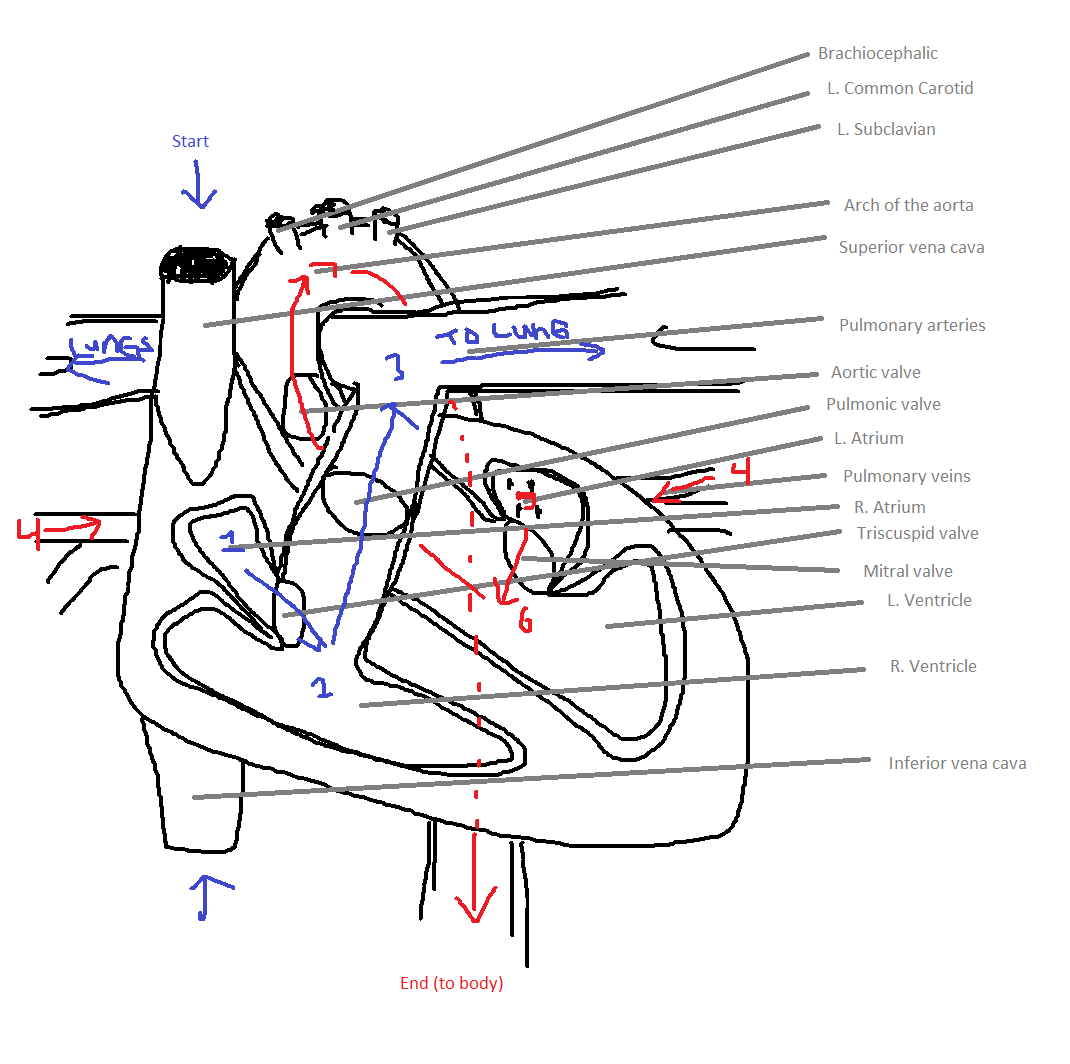CityEMT212
Forum Crew Member
- 62
- 6
- 8
Hello EMS family,
I'm having a bit of a burdensome time grasping a complete understanding of the heart in my EMT class; (semi-thankfully, I'm not alone in this feeling in my class). Atrium, vena cavae, directional blood flow, etc... Is there any advice on memorization or comprehension techniques that you all can offer?
~ LV
I'm having a bit of a burdensome time grasping a complete understanding of the heart in my EMT class; (semi-thankfully, I'm not alone in this feeling in my class). Atrium, vena cavae, directional blood flow, etc... Is there any advice on memorization or comprehension techniques that you all can offer?
~ LV

